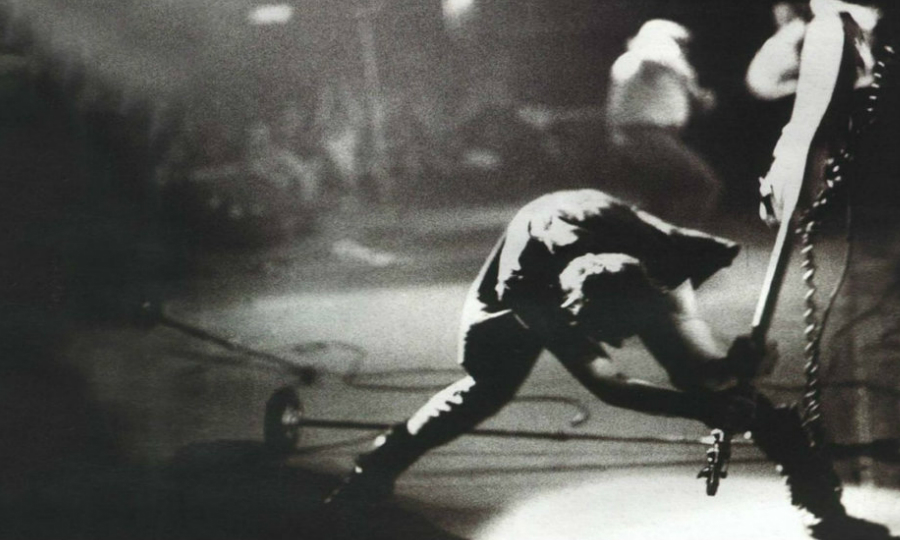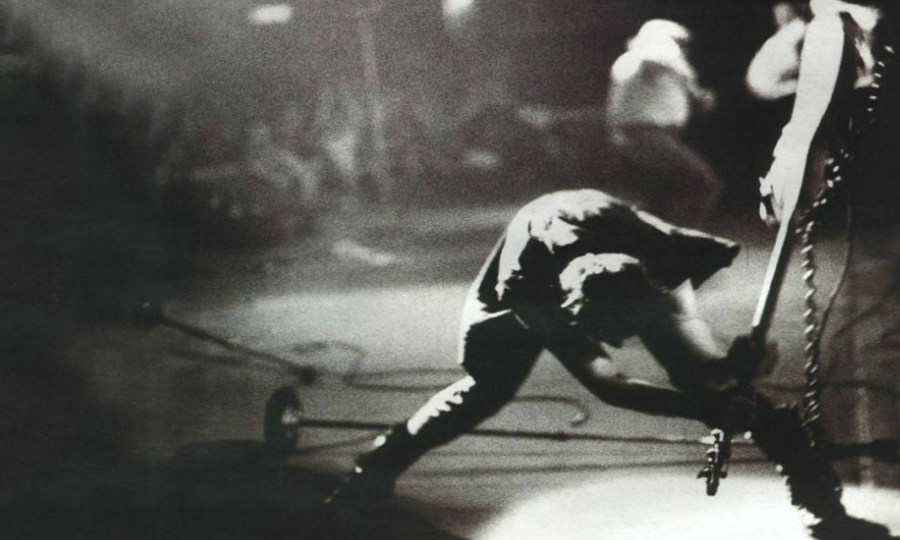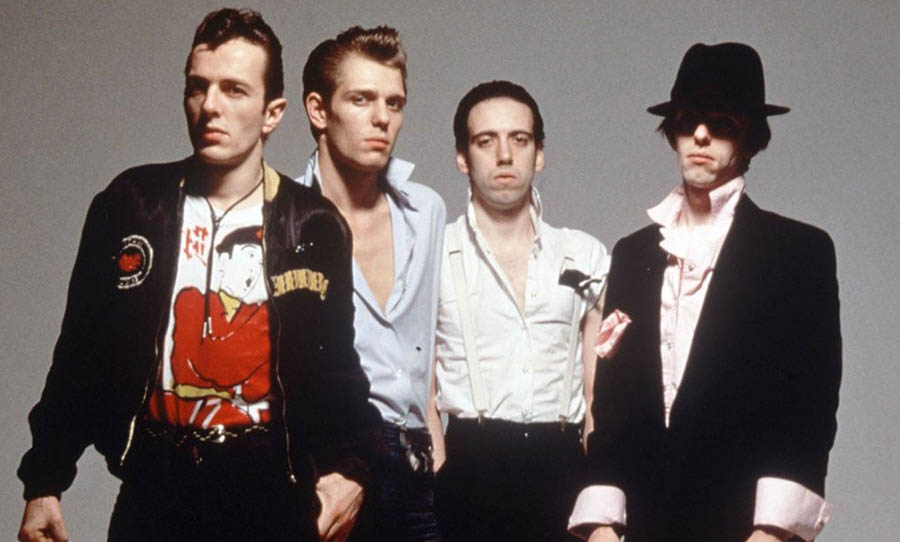40 years to the day we reflect on the magnificent combustion that is The Clash’s London Calling. Its general distrust of authority inspired a generation to rebel.
The third album from English outcasts The Clash was a cohesive kaleidoscope of influences from punk to rock to ska, jazz and pop. Arguably the zeitgeist portrait of late 20th Century urban life in The Fog, London Calling is a modern masterpiece.
The 19 track album clocks in at 65 minutes, unusually long for a punk record, yet the band’s ambition and experimentation allowed them to express their talents far beyond the typical punk pedigree.
Released in the UK on 14 December 1979 – 40 years ago today – the double LP never sounds cobbled together thanks to clever track-listing and politically minded penmanship. In fact London Calling is one of the most exhilarating, cohesive listening experiences that has ever wormed its way into our earholes.

Entering with one of the most recognisable guitar clatters of all time, the bass is pounding to the knee jerks drums. The crashing vocals of Joe Strummer punch through the speakers.
‘The ice age is coming, the sun is zooming in/Meltdown expected, the wheat is growin’ thin/Engines stop running, but I have no fear/‘Cause London is drowning, and I, I live by the river’
The opening track, and indeed all of the Joe Strummer and Mick Jones penned compositions, offer poignant perspectives on the agitated social, political, racial, and economical climate in London as the metropolis approached the ’80s. The woven threads of urban disenchantment, class divide, and capitalistic distrust are universal, and often timeless phenomenons. Thus the album is still as appealing and accessible as it was in 1979.
After Give Em’ Enough Rope, The Clash divorced their manager Bernard Rhodes and left their studio in Camden Town. The bands rehearsals began at Vanilla Studios. After two albums The Clash were dead broke and suffering from serious writers block.
They kept the rehearsals private as oppose to the open slather of previous sessions. Thus they felt more freedom to stray from their punk rock roots and incorporated many more styles such as rockabilly, rhythm and blues, and reggae thanks to the chops of drummer Topper Headon.
Surprisingly the magic ingredient was exercise… namely football.
“We played football till we dropped and then we’d start playing music. It was a good limbering-up thing,” remembered Joe Strummer. Furthermore, anyone who came to the studio to visit was roped in to play.
“[The CBS record executives] got kicked in the shins, pushed over. That was quite fun,” added bassist Paul Simonon.
This was followed by a few beers at a local pub before another rehearsal session that would proceed into the evening.
The other magic ingredient was in fact a somewhat insane producer. Much to the chagrin of CBS, the band asked Guy Stevens to produce the record. The drug addled madman would reportedly, “pick up a ladder and swing that around. And then he’d throw six or seven chairs against the back wall,” recalls Mick Jones.
“When we were mixing, he used to get so excited I used to hold him down with one hand and try to carry on the manual mix on the desk with the other.” This certainly injected a lot of flair into the usual studio proceedings and energised the band.
Almost as iconic as the album is its magnificent artwork. The lettering is a direct reference to Elvis Presley’s debut album while the picture depicts Paul Simonon in the throes of bashing his bass on stage. It was shot by Pennie Smith at the New York’s Palladium theatre.
“The Palladium has fixed seating, so the audience was frozen in place,” Simonon recalls. “We weren’t getting any response from them, no matter what we did… onstage that night, I just got so frustrated with that crowd and when it got to the breaking point I started to chop the stage up with the guitar.”
Smith was ready to pack up her camera and call it in until she saw Paul looking, “really, really fed up.”
“I just got the one shot and that was it. End of roll of film.” Interestingly, she thought the image was too out of focus and didn’t want it to be on the cover. But Joe Strummer loved it, and fortunately prevailed.
While we’ve got you, check out Why It Mattered:
- Pink Floyd’s ‘Ummagumma’
- Pink Floyd’s ‘The Wall’
- King Crimson’s ‘In The Court Of The Crimson King’
- David Bowie’s ‘David Bowie’
- The Grateful Dead’s ‘Live/Dead’
- The Allman Brothers Band’s self titled debut
- Led Zeppelin’s ‘Led Zeppelin II’
- Michael Jackson’s ‘Thriller’
- The Rolling Stones’ ‘Let It Bleed’


